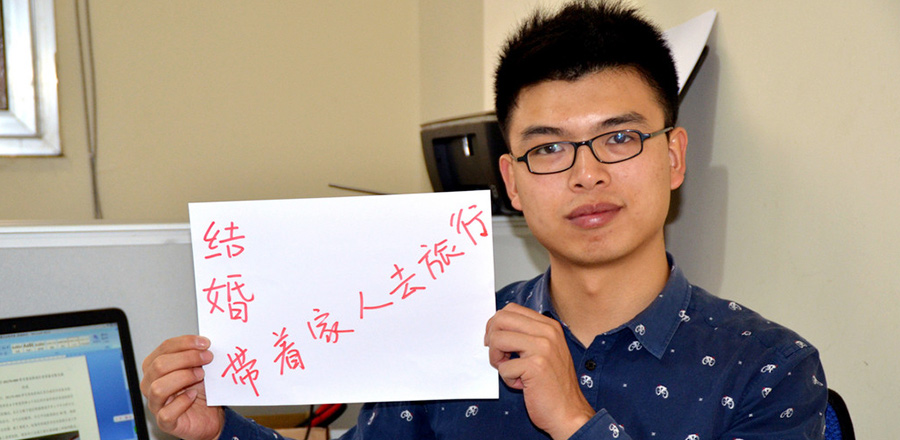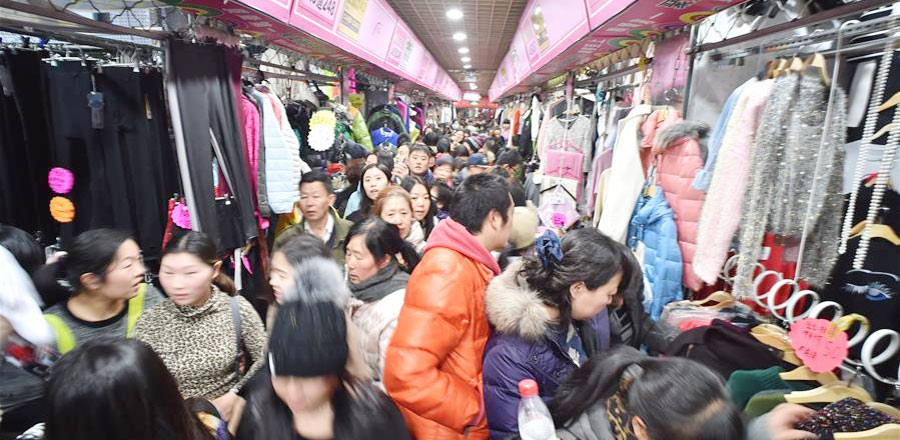
|
Chentang villager Fei Xiaoliu carries her "portable toilet", a wooden bucket. The 56-year-old has installed a vacuum toilet in her home, but still keeps her old-style toilet. |
The pilot project in Chentang is just one of a number of sanitary-improvement projects tried in China in recent years. Early in 2004, the Stockholm Environment Institute from Sweden provided the Inner Mongolia autonomous region with the world's largest urban installation of urine-diversion dry toilets.
The toilets, provided to more than 800 families in Erdos Eco-Town and funded by the local government, were designed to separate liquid waste from solids. The bowl had two sections, one at the front for urine and a larger one at the rear for solid waste, so the waste never mixed.
After a five-year trial, the project was discontinued; the residents complained to the media about the terrible smell and said the bowls often needed to be repaired. Although experts from the institute checked the program and suggested ways of resolving the problems, the local government and the residents decided to withdraw their support, fearing they would lose money in the long-run.
In June 2009, the local government funded a return to flushing toilets and the eco-toilet project was officially canceled.
"It is an excellent illustration of the best of intentions, but flawed in practice," Fan said, adding that vacuum-sanitation technology is the best way to provide modern sanitary facilities in rural areas and ensure sustainable development.
Fan's design uses a minimal amount of water, just 0.3 liters per flush, about one-tenth of a conventional toilet. "People had got used to using flushing toilets and believed the toilet would be cleaner with water. That's why I didn't remove the water flushing function in my design," he said. "Ideally, the most-suitable system for China, especially the rural areas, should not be too complicated and the components must be robust."
In the eyes of people who have devoted themselves to recycling human waste, the sanitation solutions will benefit the environment and help sustainable human development.














